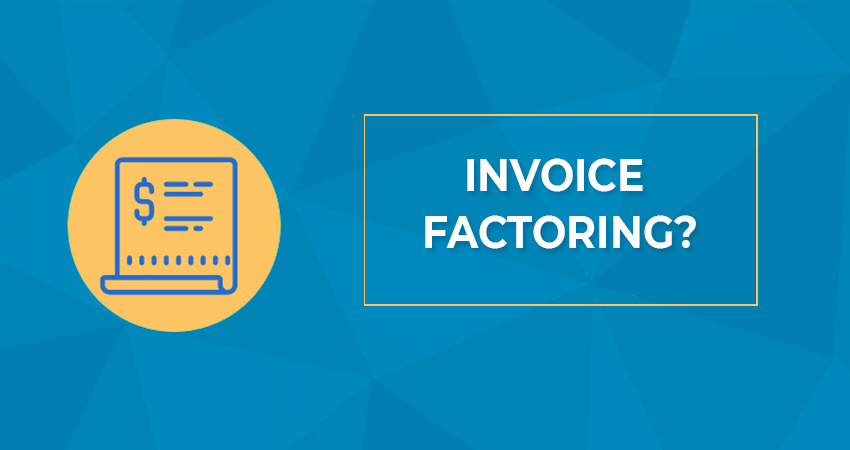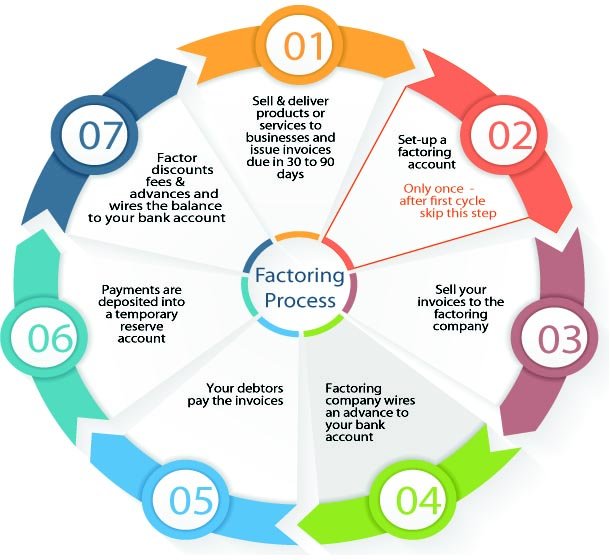


Typically, a business owner should provide financial records like accounts receivable aging reports, sales ledgers, a detailed list of customers and the corresponding outstanding invoices.

The paperwork required to sign up for invoice factoring varies from firm to firm. Invoice factoring works best for B2B and B2G firms that offer 30-90 days as payment terms. Eligibility criteria for invoice factoring So her cash flow was good and she didn’t have to wait for it. While she didn’t get the entire invoice amount, she got an advance instantly. The firm subtracts a service fee of 4% or $400 and gives her the balance. The customer then pays the invoice amount within 30 days. The factoring firm pays her an advance of 80% or $8,000 (advances typically range from 80-90%). Now, she issues a similar invoice for $10,000, but she’s using invoice factoring. To improve her cash flow, she decided to try invoice factoring. Waiting for her customer to complete the invoice payment affected her expenses and cash flow. Since she did not have sufficient funds, she missed out on the discount. While she was waiting for the customer to pay, she noticed that one of her suppliers was offering a discount if she purchased raw materials in bulk, but the offer was only good for a limited time. Her customer paid the entire amount, but not until 3 days before the deadline. A few months ago, she issued an invoice for $10,000 with 30 days as the payment term. Let’s take the example of Melissa, a small business owner. Once they collect the payment from the customer, they will pay you the remaining amount, minus a small fee. The firm pays an advance (a partial payment) as soon as you issue an invoice. Invoice factoring is when a business turns over its outstanding invoices to a factoring firm in exchange for immediate cash. Maybe this is why you should give invoice factoring a go! Bringing in funds just in time can be hard, especially when you’re just starting out. But your customer ended up paying late, and now you’re left short of cash. As a small business owner, at some point, you would have probably faced a shortage of funds when you had important expenses to cover. For instance, maybe you’d assumed that your customer would complete their invoice payment on time, and you could use those funds to cover your expenses.


 0 kommentar(er)
0 kommentar(er)
